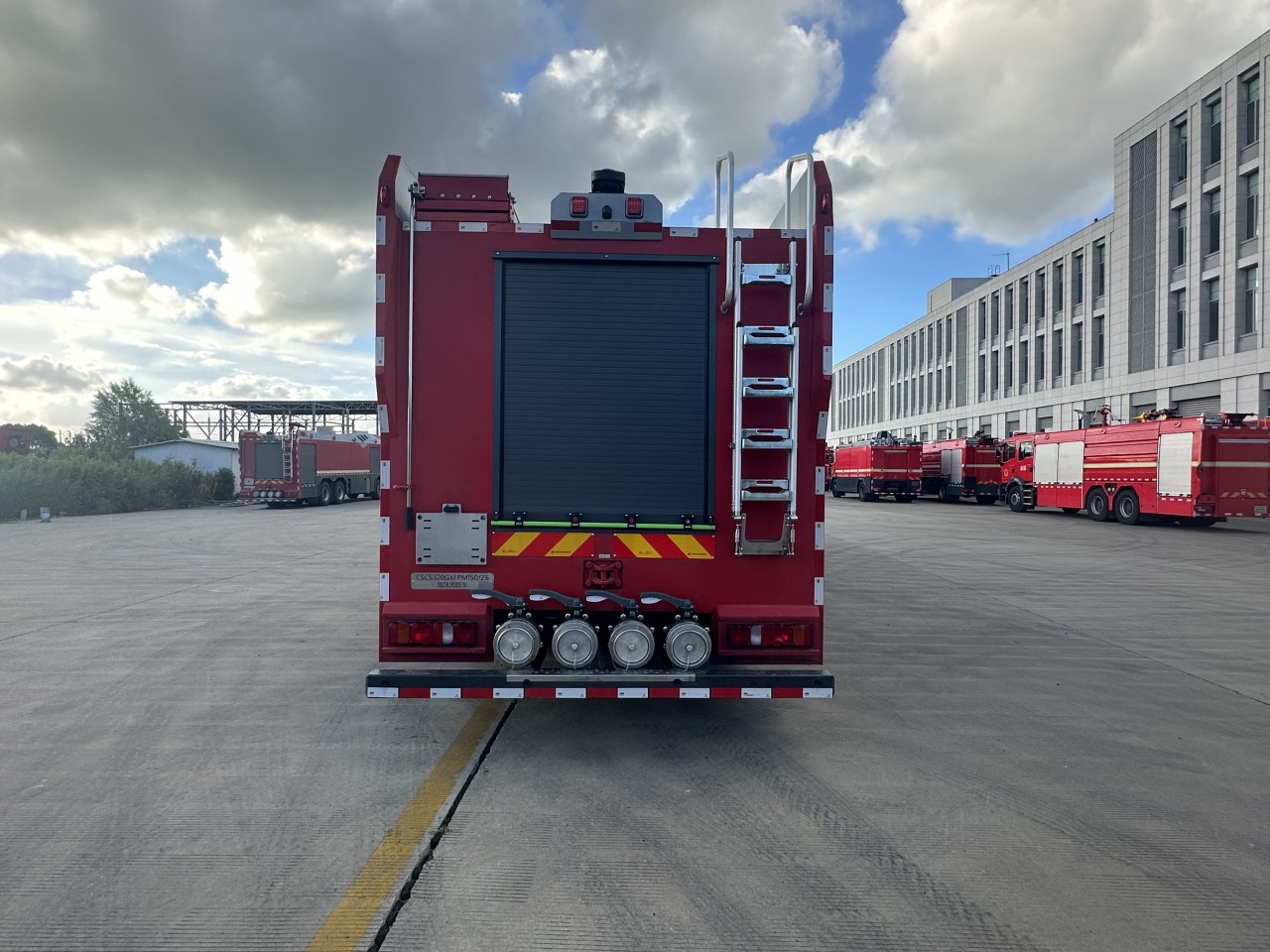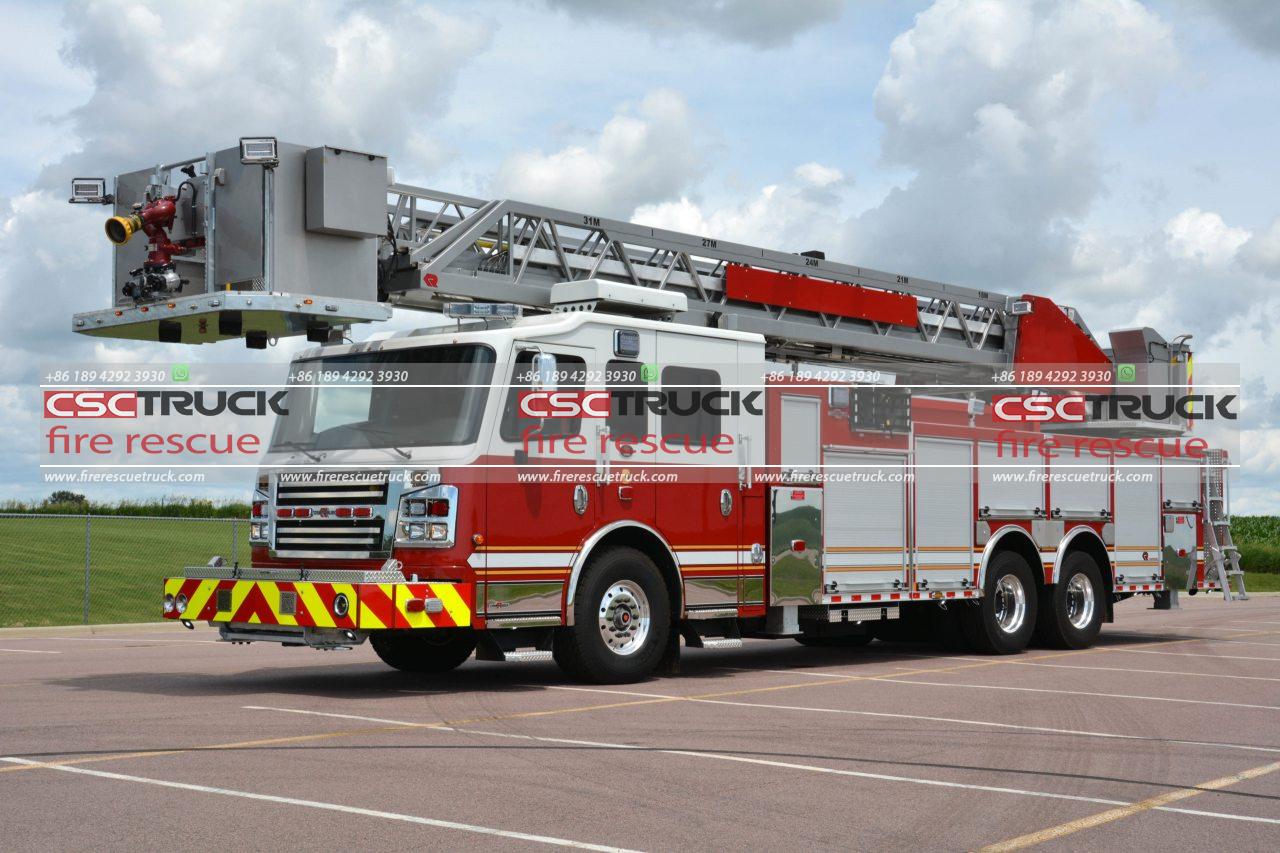Fire tenders, also known as fire engines or fire trucks, are some of the most essential pieces of firefighting equipment used across the world. At the heart of every fire tender is a powerful component responsible for delivering water at high pressures to extinguish fires — the fire pump. But what exactly is the name of this pump, and how does it work? This article explores the types, names, functions, and significance of pumps used in fire tenders.
The Primary Pump: Centrifugal Pump
The most common and widely used type of pump in a fire tender is called a centrifugal pump. This pump works on the principle of centrifugal force, which converts the mechanical energy from the fire truck’s engine into hydraulic energy. Essentially, water enters the center of a spinning impeller and is thrown outward by centrifugal force, increasing the velocity and pressure of the water before it is discharged through hoses or nozzles.

Why a Centrifugal Pump?
Centrifugal pumps are favored in fire service operations for several reasons:
- Simplicity of design: Few moving parts mean easier maintenance and longer service life.
- Smooth and continuous flow: Ideal for fire suppression, where a steady water stream is crucial.
- Capability to handle large volumes: They can move thousands of liters per minute.
- Adaptability: Capable of operating in both single-stage and multi-stage configurations depending on the required pressure and flow rate.
Types of Centrifugal Fire Pumps
While “centrifugal pump” is the general term, there are more specific names based on design and function:
1. Single-Stage Centrifugal Pump
A single impeller draws and pushes water, creating a balance between flow and pressure. This type is sufficient for most municipal firefighting needs, where extremely high pressures are not necessary.
2. Two-Stage (or Multi-Stage) Centrifugal Pump
This pump uses 2 or more impellers in series to provide increased pressure. In fire tenders, this configuration allows the operator to choose between high-pressure mode (for long-distance hose lays or high-rise firefighting) or volume mode (for high flow at lower pressure). Firefighters switch between these using a transfer valve.
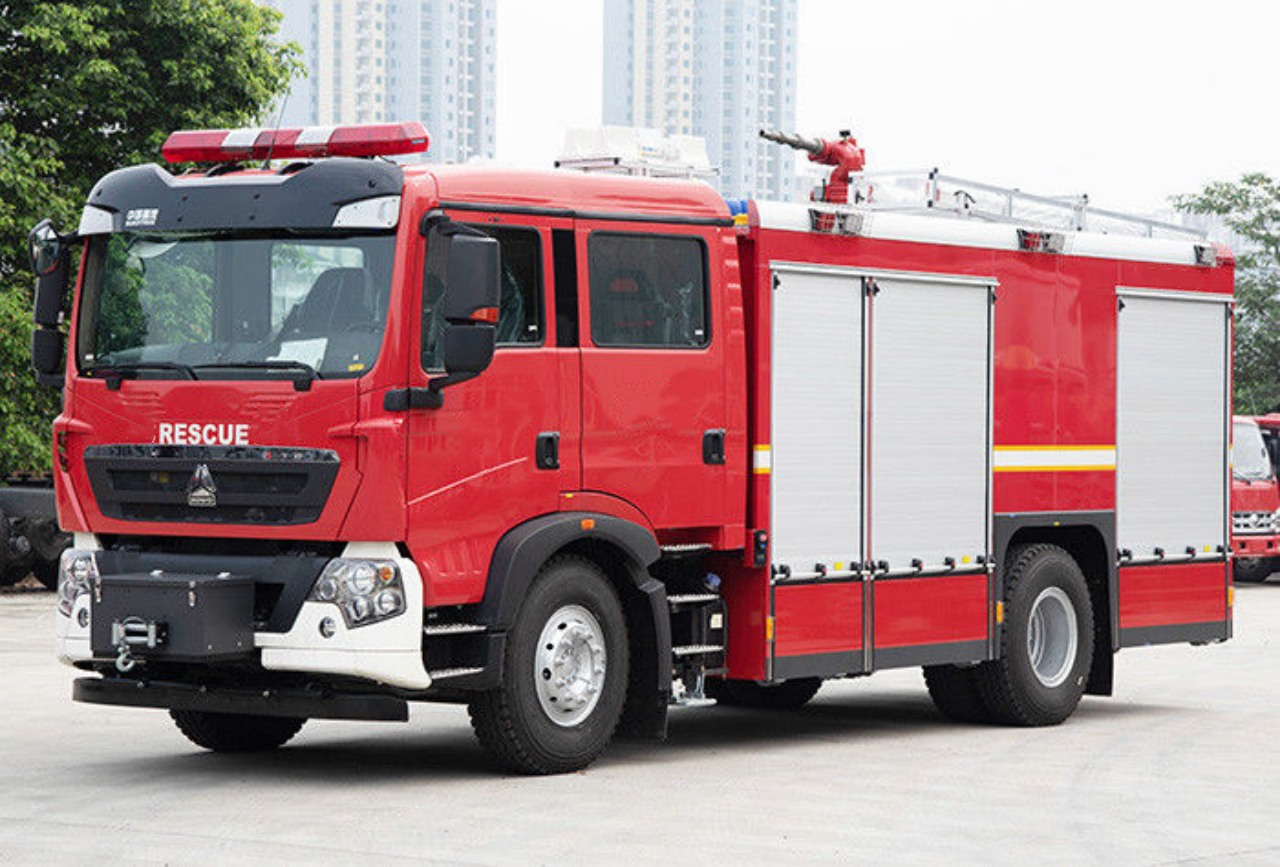
Popular Pump Brands and Models
Fire tender manufacturers often use pumps from specialized manufacturers. Some of the most trusted and widely used fire pump brands include:
- Hale (e.g., Hale Qmax and Godiva series)
- Waterous (e.g., CSU, CMU series)
- Darley (e.g., LDM and PSP series)
- Rosenbauer (e.g., NH35, N55)
- Godiva (e.g., Prima and Powerflow series)
These pumps come with a range of options, including automatic pressure governors, integrated foam proportioners, and advanced diagnostics.
How Does a Fire Pump Work in a Tender?
Here is a simplified overview of the operation of a centrifugal fire pump in a fire tender:
- Water Source Connection: The pump can draw water from the onboard tank or an external source like a hydrant or pond.
- Priming: If drawing from a static source (like a pond), the pump must be primed, removing air to allow atmospheric pressure to push water into the pump. This is often done with a vacuum priming pump or positive displacement primer.
- Impeller Rotation: Driven by the fire engine’s power take-off (PTO) or a separate engine, the impeller rotates rapidly.
- Water Discharge: Water enters the eye of the impeller, spins outward, and is forced into the volute casing, where it exits at high pressure.
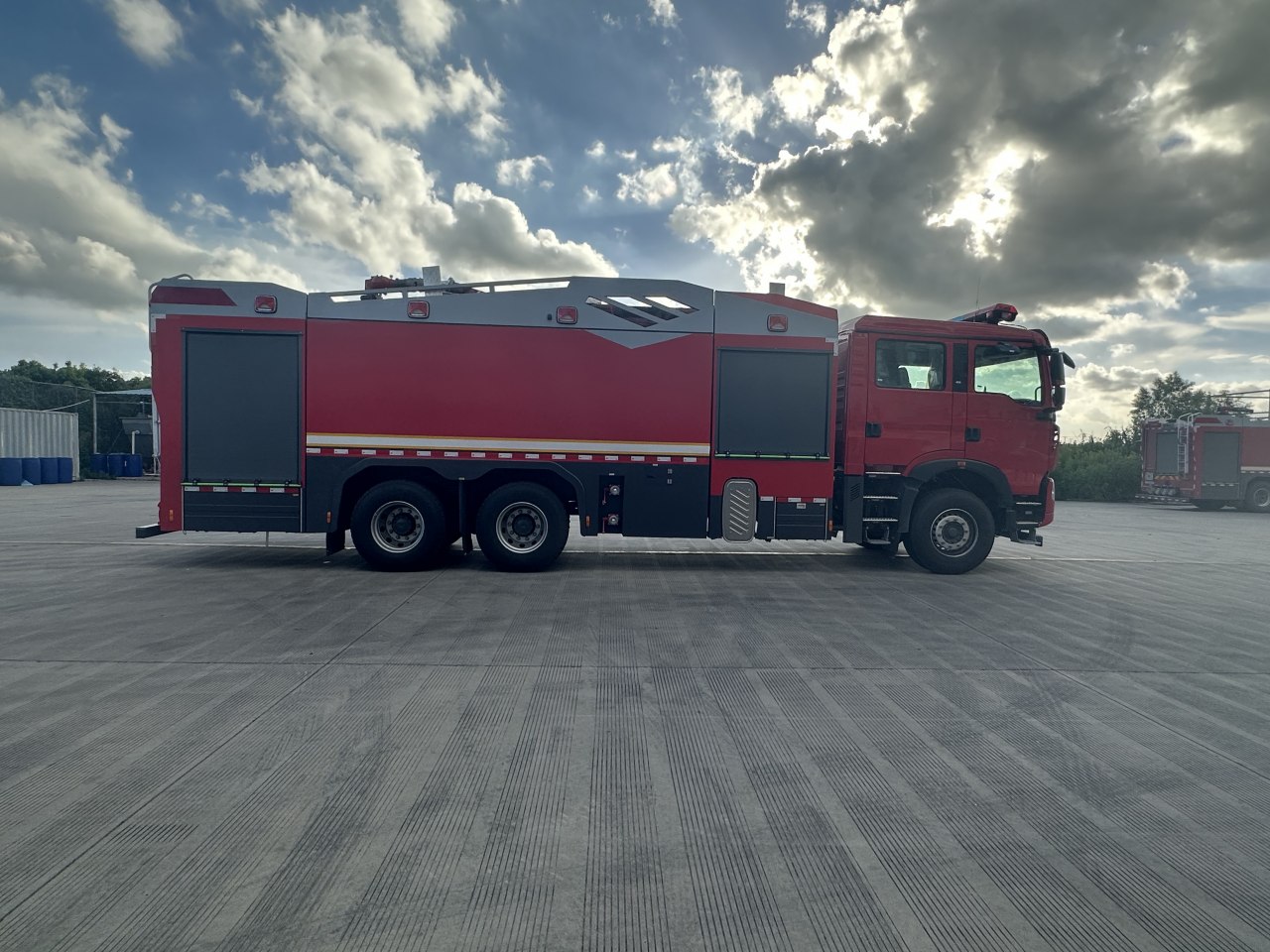
Priming Pump: A Supporting Role
While the centrifugal pump is the primary pump, another important component is the priming pump, especially for drawing water from static sources. The priming pump is usually a rotary vane or rotary gear type and creates a vacuum inside the main pump casing to initiate suction. It is critical in rural or remote firefighting operations where hydrants are unavailable.
Auxiliary Firefighting Pumps
Some fire tenders also come with auxiliary pumps for special applications:
- High-pressure booster pumps: Deliver water at very high pressure for firefighting in high-rise buildings.
- Foam pumps: Designed to proportion and mix foam concentrate with water for chemical and fuel fires.
- Portable fire pumps: Carried on the vehicle and deployed separately for hard-to-reach areas.
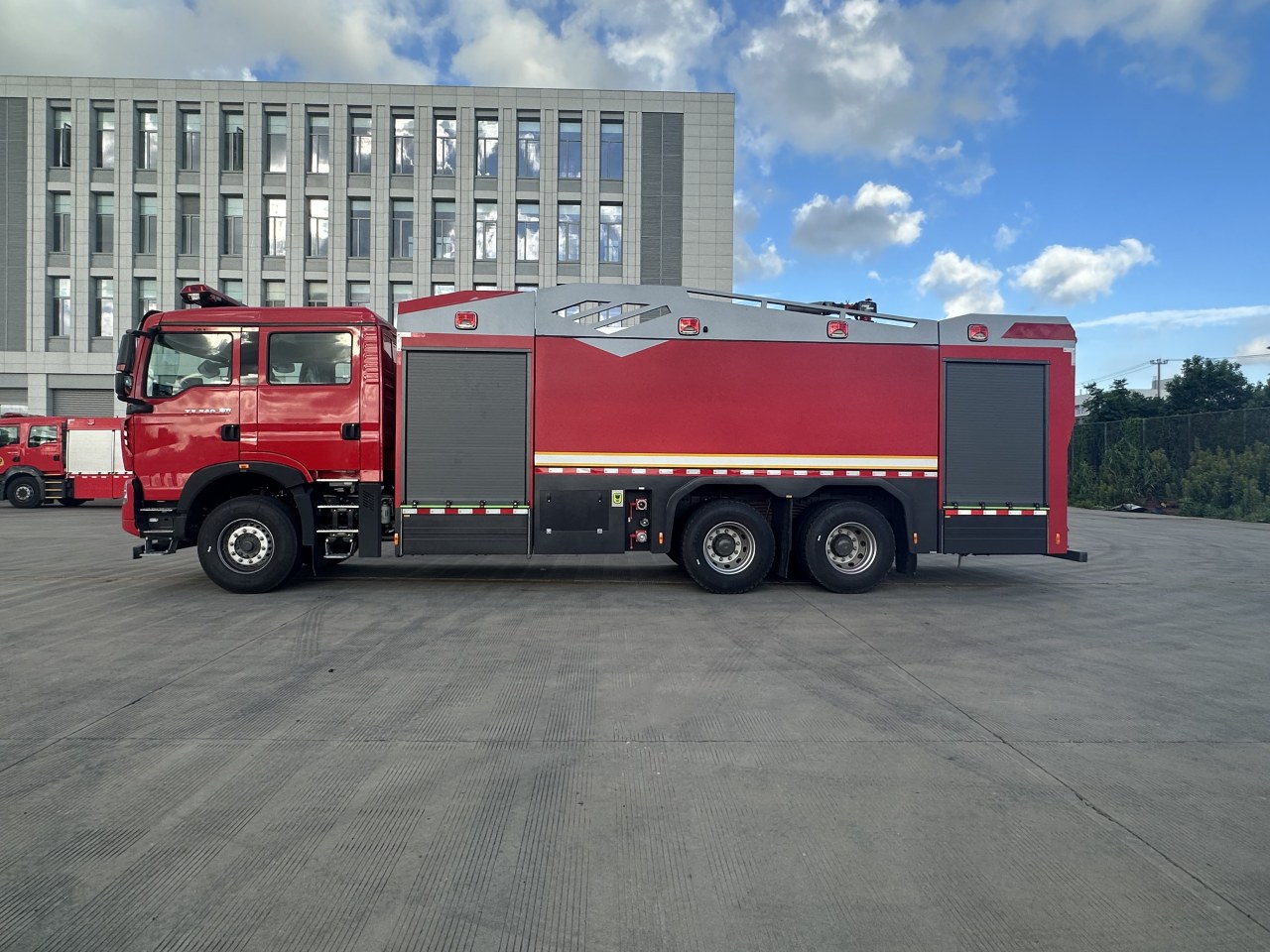
Controls and Panels
Modern fire tender pumps are managed via pump control panels located on the sides or rear of the fire engine. These panels feature:
- Pressure gauges
- Flow meters
- Throttle controls
- Valve levers
- Foam system controls
- Pressure relief systems
- Engine RPM displays
Some advanced fire tenders even come equipped with computerized controls and touchscreen interfaces for precise control and diagnostics.
Importance of Fire Pumps in Emergency Response
Without the fire pump, a fire tender is essentially just a water carrier. The pump ensures:
- High-pressure water jets can penetrate fire-affected areas quickly.
- Efficient water delivery through long hose lines over various terrains.
- Support for aerial firefighting via ladders and monitors.
- Ability to draft from alternative sources when hydrants are not available.
In essence, the fire pump transforms the fire truck into a dynamic firefighting machine.
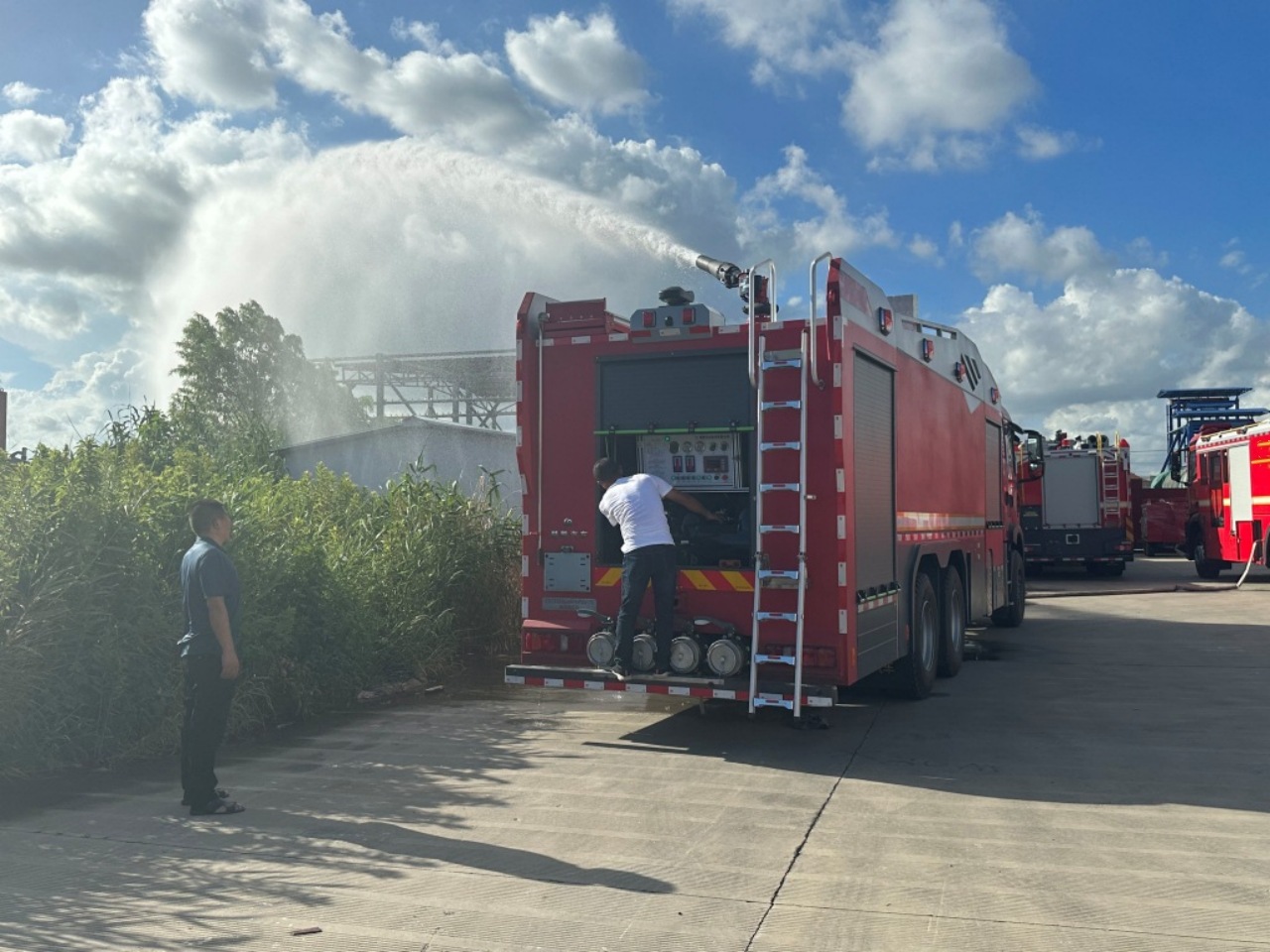
Maintenance and Reliability
Fire pumps must be regularly tested and maintained. Fire departments usually perform:
- Weekly pump tests to ensure functionality.
- Annual flow testing to verify performance meets National Fire Protection Association (NFPA) standards.
- Lubrication and seal checks to prevent leakage or damage.
- Priming system tests to ensure the vehicle is ready for non-hydrant operations.
Conclusion
The primary pump used in a fire tender is called a centrifugal pump, which comes in single-stage or multi-stage variants depending on the application. Supporting components like priming pumps, foam pumps, and booster pumps may also be included based on mission requirements. These pumps, often manufactured by trusted names like Hale, Darley, and Waterous, are the true workhorses of fire suppression.
Understanding the types and operation of fire pumps helps us appreciate the complex engineering that goes into firefighting equipment. It also emphasizes the importance of training, maintenance, and proper usage to ensure that fire pumps perform flawlessly when lives and property are at stake.
